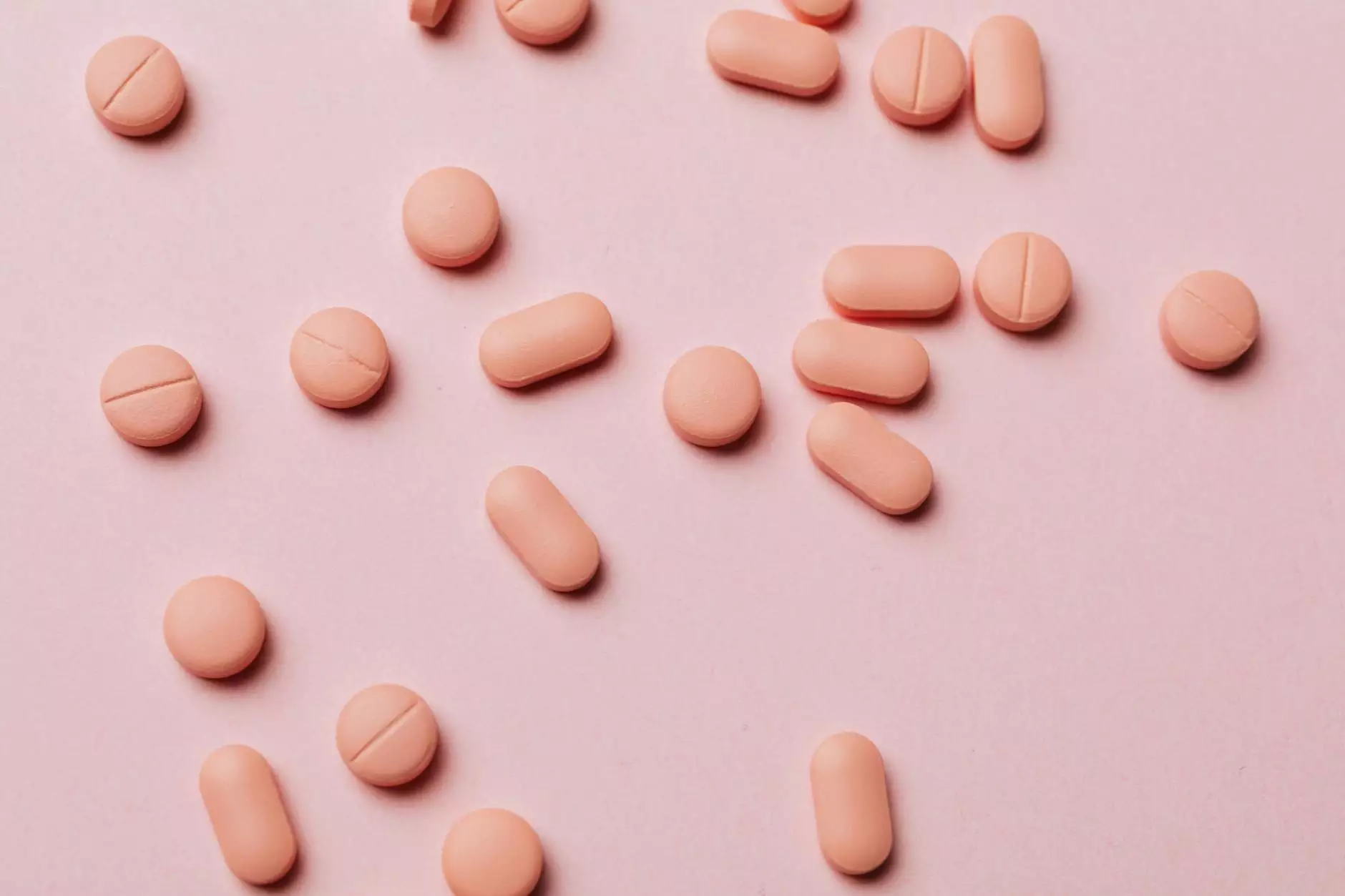Ultimate Guide to Semaglutide Vial Storage: Ensuring Potency, Safety, and Optimal Effectiveness

In the rapidly evolving landscape of weight management and diabetes treatment, semaglutide has emerged as a revolutionary injectable medication. Its effectiveness, coupled with ease of use, has made it a popular choice among healthcare providers and patients alike. However, one critical aspect that often goes underappreciated is semaglutide vial storage. Proper storage is paramount to maintaining the medication’s potency, ensuring patient safety, and maximizing therapeutic outcomes. This comprehensive guide will delve into every facet of semaglutide vial storage, offering detailed insights and expert recommendations.
Understanding Semaglutide and Its Storage Requirements
Semaglutide is a glucagon-like peptide-1 (GLP-1) receptor agonist designed to mimic the body's natural hormones involved in glucose regulation and appetite control. Given its biochemical complexity, improper storage can lead to degradation, reducing its efficacy and potentially causing harm.
The stability of semaglutide vial depends heavily on adherence to specific storage conditions outlined by manufacturers and regulatory authorities. These conditions are carefully developed to preserve the structural integrity of the peptide, prevent microbial contamination, and ensure consistent dosing.
Essential Principles of Semaglutide Vial Storage
1. Temperature Control
Maintaining correct temperature ranges is the most vital aspect. According to pharmaceutical guidelines, semaglutide vials should typically be stored refrigerated at 2°C to 8°C (36°F to 46°F). Temperatures outside this window can lead to peptide degradation or inactivation.
- Refrigeration: Always keep vials in the refrigerator, ideally in the main compartment rather than the door to avoid temperature fluctuations.
- Frozen Storage: Never freeze semaglutide vials, as freezing can cause ice crystal formation that damages the peptide’s structure.
- Room Temperature: Once in use, some formulations allow storage at room temperature (up to 25°C or 77°F) for a limited period, typically 14-30 days. Always verify with the specific product instructions.
2. Protecting from Light
Exposure to light can degrade semaglutide molecules, leading to reduced effectiveness. Vials should be stored in their original packaging or an opaque container, shielded from direct sunlight and bright artificial light.
3. Avoiding Contamination
Proper handling during storage is essential. Always ensure hands are clean before handling vials, and keep the vial cap and needle sterile to prevent microbial contamination, which could compromise the medication's integrity.
4. Handling and Usage Timeline
Once a vial has been opened, the storage duration depends on the manufacturer’s guidelines. Typically, opened vials should be used within a designated period (often up to 28 days) and are discarded afterward, even if some medication remains.
In-Depth Storage Guidelines for Semaglutide Vials
Optimal Storage Conditions
To ensure semaglutide vial storage maintains its efficacy:
- Keep vials refrigerated at temperatures between 2°C and 8°C (36°F to 46°F).
- Store in the original carton to protect from light and prevent temperature fluctuations due to frequent door openings.
- Avoid exposing the vial to direct sunlight or high temperatures.
- Do not freeze the vials under any circumstances.
- After first use, the vial can be stored at room temperature up to 25°C (77°F) for a prescribed duration, typically 30 days, depending on manufacturer instructions.
- Discard any unused medication after the recommended time period or if there are visible signs of degradation such as discoloration or particulates.
Special Considerations During Transportation and Storage
For clinics, pharmacies, and patients, proper transportation is crucial. When moving semaglutide vials, use insulated containers with cold packs to maintain temperature. Avoid exposure to extreme heat or cold during transit to prevent denaturation.
Common Storage Mistakes & How to Avoid Them
Mistake 1: Freezing Semaglutide
Freezing can damage the peptide’s structure, making it ineffective or unsafe. Always verify storage labels before handling.
Mistake 2: Storing Outside Recommended Temperature Range
Out-of-range temperatures accelerate degradation. Use a refrigerator thermometer to monitor storage conditions regularly.
Mistake 3: Ignoring Expiry Dates
Using expired vials increases the risk of reduced efficacy and adverse reactions. Always document and discard expired medication.
Mistake 4: Improper Handling
Contamination during storage and handling can affect drug integrity. Use sterile techniques and avoid touching the rubber stopper unnecessarily.
Role of Pharmacies and Healthcare Providers in Proper Storage
Proper semaglutide vial storage is a collaborative effort between pharmacists, healthcare providers, and patients. Pharmacists are responsible for:
- Educating patients on correct storage protocols.
- Ensuring storage conditions are met at the pharmacy level.
- Monitoring expiration dates and handling returns or disposals appropriately.
Healthcare providers should emphasize proper handling, storage, and disposal during consultation, ensuring optimal therapeutic outcomes.
Safe Disposal and Recycling of Semaglutide Vials
Disposal of unused or expired semaglutide vials must be handled with care. Follow local regulations for medical waste. Do not reuse needles or vials and always use a sharps container for disposal to prevent injury and contamination.
Conclusion: The Critical Importance of Proper Semaglutide Vial Storage
Ensuring proper semaglutide vial storage is essential not only for maintaining drug potency but also for safeguarding patient health. Adherence to temperature guidelines, protection from light, sterile handling, and timely disposal form the backbone of effective medication management. For clinics, pharmacies, and individuals, understanding these detailed storage parameters can make a significant difference in therapeutic success and safety.
At skinny-quick.net, we prioritize education and safety in weight management and pharmaceutical practices. Proper storage of medications like semaglutide is a key component in delivering reliable results and maintaining trust.
Remember, always refer to the specific product's package insert or consult healthcare professionals for tailored advice. Proper semaglutide vial storage is your first step towards effective weight management and health optimization.



